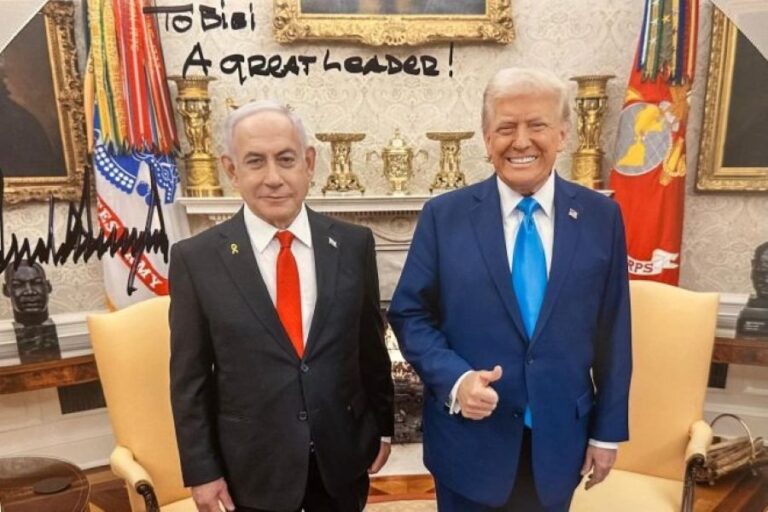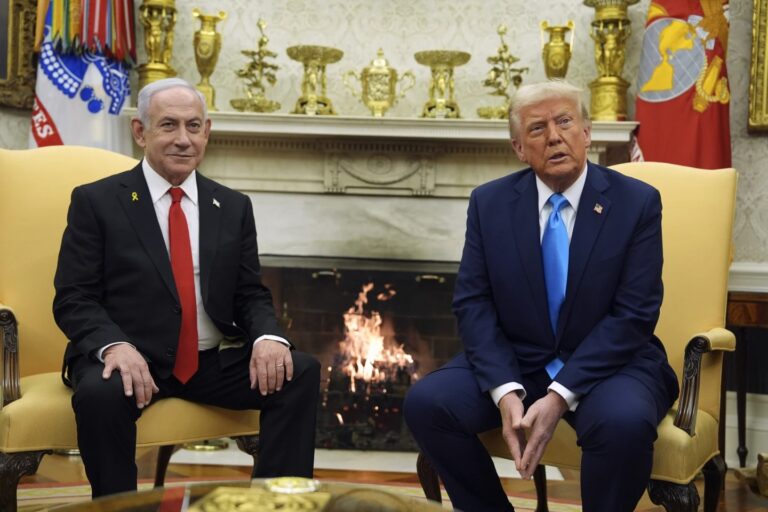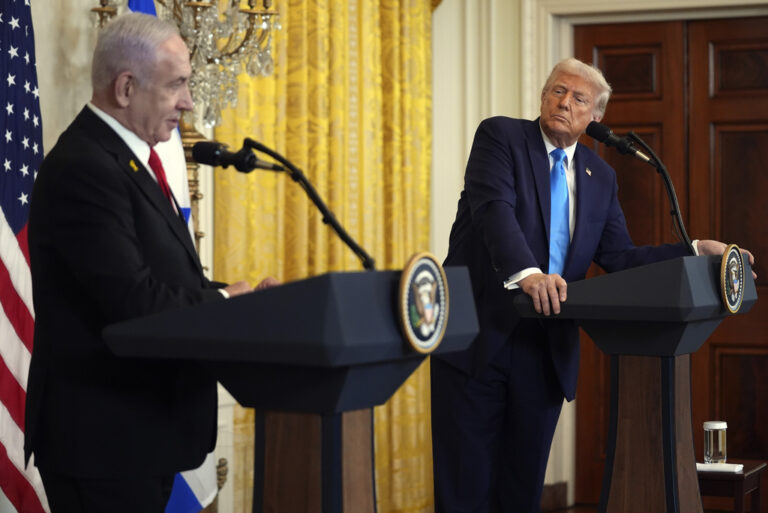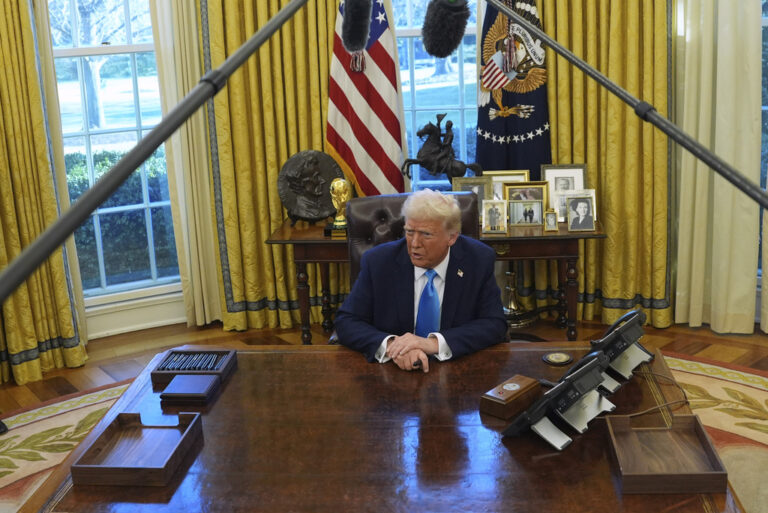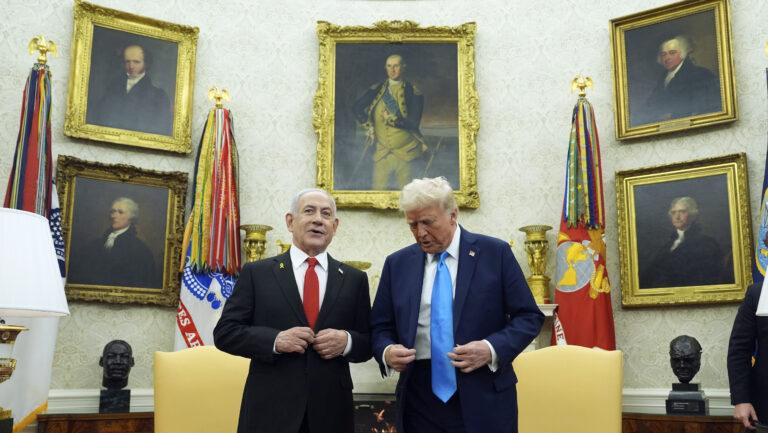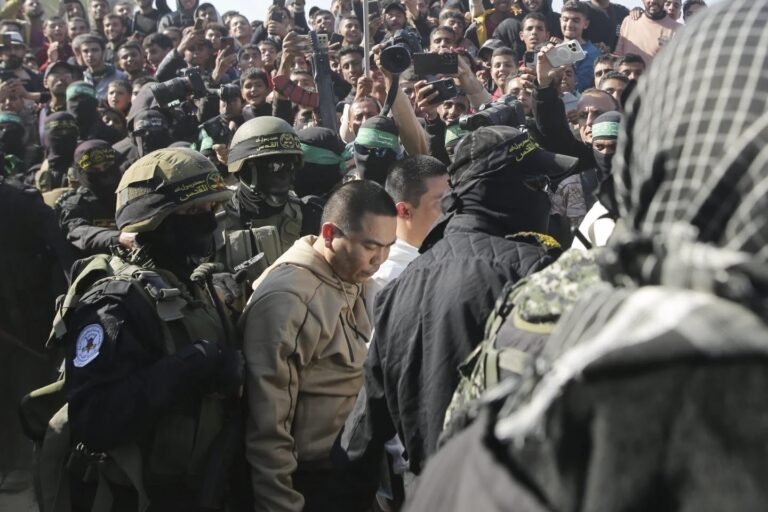The withdrawal of the Islamic State group from the last town under its control caps a series of major defeats in recent months that have virtually eliminated its self-styled caliphate in Syria and Iraq.
The group still controls some small villages and scattered pockets of territory in Syria, but the border town of Boukamal, retaken by Syrian and Iraqi troops on Thursday, was the last major, built-up area held by the extremists.
The group’s media arm remains intact, allowing it to recruit supporters and inspire attacks, and the militants are expected to continue carrying out bombings and other assaults in Syria and Iraq. But the caliphate they declared in 2014, which once took in more than 8 million people, is no more.
A look at the group’s major defeats over the last year:
QAIM
Iraqi forces’ last conventional military fight against IS played out in Qaim, on the western edge of Anbar province, just across the border from Boukamal. On Nov. 3, Iraq announced that it was in control of the town and the nearby border crossing, once part of a crucial militant supply line.
———
DEIR EL-ZOUR
The Syrian government assumed full control of the eastern city of Deir el-Zour, the hub of Syria’s main oil-producing region, earlier this month.
IS had captured most of the city in 2014 and laid siege to government enclaves for nearly three years, forcing tens of thousands of people to rely on government airlifts and U.N. airdrops.
Syrian troops, backed by Iran-supported militias and Russian aircraft, punched through the blockade in September in what the government portrayed as a watershed moment in the war.
IS militants are still present in the countryside outside the city. The U.S.-backed Syrian Democratic Forces, a Kurdish-led group, captured the nearby Al-Omar oil field, the country’s largest.
———
RAQQA
Raqqa, the onetime capital of the caliphate, fell to the Syrian Democratic Forces on Oct. 17 after four months of heavy fighting. The city was once home to senior IS leaders, as well as the plotters behind terror attacks in Paris and Brussels.
The group had carried out beheadings and other massacres in Raqqa’s main public square, and had killed Western captives in the city, all of which featured prominently in the group’s many propaganda videos.
———
HAWIJA
Iraqi troops and Kurdish forces drove IS from the northern town of Hawija on Oct. 10 after nearly three weeks of fighting. Hundreds of IS fighters and their families surrendered.
It was the last major unified operation by Iraqi federal forces and Kurdish forces known as the peshmerga. Shortly after the fighting ended, the two allies clashed over the oil-rich city of Kirkuk and other disputed territories, a sign that longstanding tensions were once again surfacing in the absence of a common threat.
———
MOSUL
Iraqi and Kurdish forces declared victory in Mosul on July 10 after a grueling nine-month campaign to retake Iraq’s second largest city.
Mosul was the largest city ever held by the extremists, who set up bomb-making factories in crowded residential areas to try to shield them from coalition airstrikes.
The battle for Mosul killed thousands of civilians and Iraqi forces, as IS defended nearly every street with armored car bombs and snipers. The militants launched sneak attacks from a vast tunnel network, and used civilians as human shields.
Entire neighborhoods were flattened by the fighting, and hundreds of thousands of people have yet to return to their homes.
———
WHAT IS LEFT
IS still controls a string of villages along the border and pockets of Syria’s sparsely populated central deserts. It also has a small foothold near the capital, Damascus.
The group still likely has cells of supporters operating in secret in both countries, and boasts affiliates in Egypt, Libya, Afghanistan, the Philippines and the African Sahel.
It can also still inspire attacks through its online propaganda. Sayfullo Saipov, the Uzbekistan-born attacker who drove a truck down a bike path in Manhattan earlier this month, killing eight people, claimed allegiance to the Islamic State group.
(AP)



